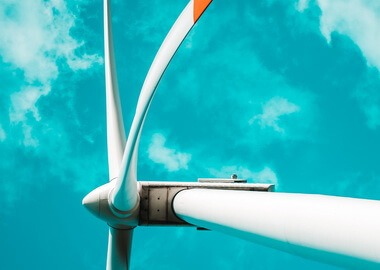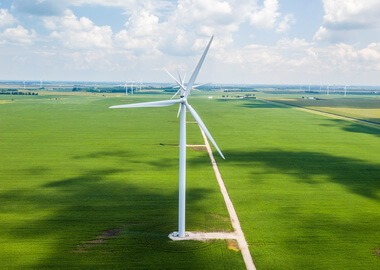Guide to Renewable Energy Software Development
2050 doesn’t look so distant anymore. The deadline for decarbonizing the global economy seems to creep towards us faster than it should. Fortunately, renewable energy technology follows along and develops nearly as fast and, hopefully, will help us accomplish one of the biggest goals of this century.
In this article, we talk about renewable energy software that is being developed and deployed across different sectors (wind, solar, geothermal, bioenergy, hydropower and marine). We will also go through opportunities and challenges of software development in the renewable energy industry and mention a few next-gen solutions to look into for inspiration.
More and more countries, communities and private companies set goals for minimizing their carbon footprint and increasing the share of renewables in their power supply. Many factors contribute to this trend.
- New environmental standards, compliance requirements, and policies for decarbonization adopted globally and statewide.
- Governmental incentives and support for clean energy initiatives and research.
- Growing public and private investment into greentech software development, infrastructure, etc.
- Emerging sectors (hydrogen, energy storage) and exploration of new clean energy sources (tidal, wave) for better coverage and resilience.
- Rapidly declining cost of integrating renewable energy and storage technologies.
- Rising availability of renewable energy software (SaaS, IaaS), proliferation of services, flexible collaboration/pricing models.
- Large-scale cultivation of shift towards sustainability and carbon-neutrality.
- Fast development of technology enablers — cloud, edge and fog solutions, high and low bandwidth network solutions, LoRa and other M2M connectivity options, predictive analytics, AI and machine intelligence.
These and other factors explain the records this market breaks every year. Global renewable energy capacity more than doubled since 2017 and is expected to nearly triple from 2022 to 2030, according to IEA’s Renewables 2024 report.
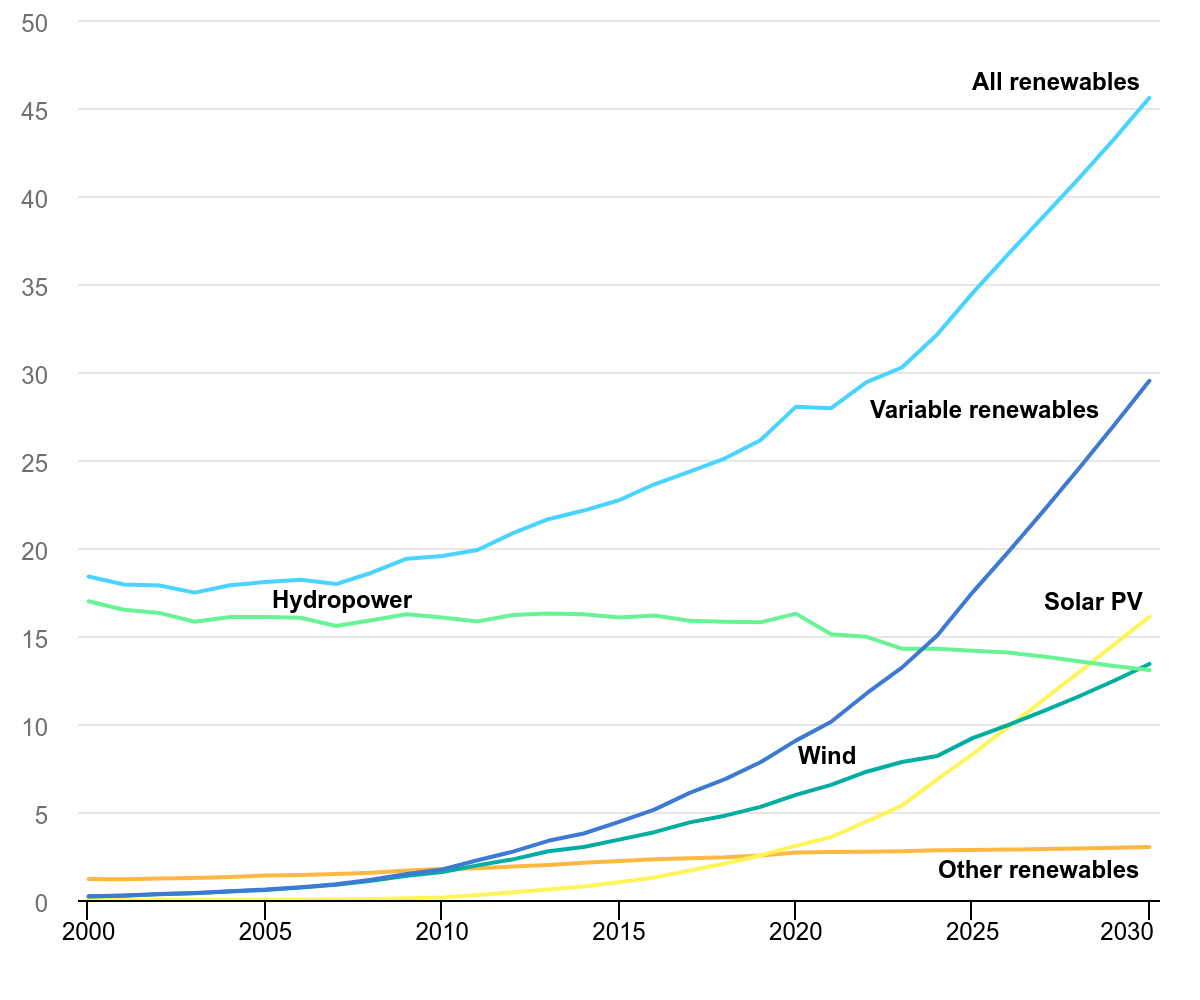
Image credit: IEA; Renewables 2024, License: CC BY 4.0
Given the ambitious goals and huge milestones set for each decade up till 2050, demand for building renewable energy software (smart grid solutions, monitoring and intelligent analytics, predictive maintenance, digital twins, etc.) goes up and creates many opportunities for forward-looking companies.
Here are a few major applications and a detailed breakdown of how various technologies are used in hydropower, wind, solar, geothermal, and other sectors.
Modern technologies provide abundant opportunities to develop scalable, accessible, resilient, and secure automatic energy management systems for renewable energy companies and organizations. IoT and connectivity solutions, AI-powered analytics, cloud, fog, and edge computing make a significant part of renewable software portfolio across all major sectors. They empower solutions for plant modeling, operations monitoring, and infrastructure management, along with a wide range of applications.
Remote monitoring and control
This is one of the essential functions and the reason why renewable energy management software development is on the rise. By combining IoT, data management, real-time analytics and visualization solutions, you can get a centralized 360-degree view of all aspects of your physical infrastructure, from remotely located farms to local energy distribution and storage facilities. This enables effective monitoring, proactive control, and real-time adjustments and troubleshooting.
Resource and asset tracking
By leveraging sensor data and web technologies, you can efficiently track and manage various resources and assets on interactive dashboards and make insight-driven decisions that impact your operations, use of resources, and costs. While modern cloud solutions allow you to effortlessly scale your platform and tracking capabilities as your infrastructure and portfolio grow.
Predictive maintenance
Advanced types of data analytics are getting increasingly popular for software development in the renewable energy space. Powered by AI technologies and forecasting algorithms, modern intelligence solutions help to predict equipment failures and optimize maintenance schedules and costs, foreseeing potential issues before they cause downtime.
Forecasting and environmental impact assessment
Along with predictive maintenance, advanced data analytics and visualization tools are commonly used for planning, forecasting, and assessing the environmental impact of renewable energy operations. Data-driven solutions enable you to combine different types of operational and environmental data, identify trends and patterns, and take action to meet your compliance and performance goals.
These are just a few common opportunities for software development in the renewable energy industry. In practice, however, each sector has unique requirements and challenges, such as remote location of offshore wind or high risks in geothermal research and exploration. Next, you will learn how different applications address and help solve these and other challenges in different renewable sectors.
Digital solutions for hydropower and marine energy

Hydropower, a historical leader among renewables that has accounted for more than half of clean energy production for years, was surpassed by combined solar PV and wind in 2024. It shows modest but steady development yearly, so as the portfolio of digital platforms and tools for this field.
Despite slower growth, hydropower remains a central source of renewable energy, especially in developing regions. Many governments have large ambition for this resouce with pipelines of projects under development. Source: IEA.
Tidal, ocean thermal and wave energy are yet to be developed for wide-scale application and commercialization. However, these fields are gaining increasing interest globally and considered highly promising. Many tidal and wave innovations are at the R&D stage funded by the governments of the EU, UK, US, and South Korea.
Widely-represented hydropower and next-gen ocean energy projects need very specific software for planning, operations monitoring, and proactive asset management. Adopted mainly by the key players in this sector — hydropower companies, marine and tidal energy startups and research institutions, grid operators, and environmental consultants — these solutions are tailored to their unique needs to optimize energy production, reduce operational costs, ensure regulatory compliance, and enhance sustainability efforts. Among these solutions are:
- Resource assessment and forecasting solutions that analyze the environment for potential energy resources, such as water flow and tides, and determine project viability.
- Design and modeling software that simulates water flow patterns and dynamics to design efficient hydroelectric turbines, tidal stream turbines, and marine energy devices.
- Performance monitoring platforms that gather, analyze, and visualize machine performance and energy output data and enable real-time monitoring and performance optimization.
- Predictive analytics and maintenance platforms to monitor equipment health, optimize maintenance, and prevent downtime in hydro and marine energy systems.
- Energy management software for integrating renewable energy into the grid, managing energy output, and optimizing power distribution.
See a few examples from some of the major companies in the renewable energy landscape.
Performance monitoring solutions
The large infrastructure of hydropower plants requires real-time performance and machinery health monitoring, asset management, and predictive maintenance for new and aging assets. All-in-one platform GE’s Hydro APM based on IIoT and data analytics technologies is a great example. This multi-feature solution provides hydropower operators with monitoring, analytics and modeling tools to help them maximize performance, cut costs, and improve security at the plants.
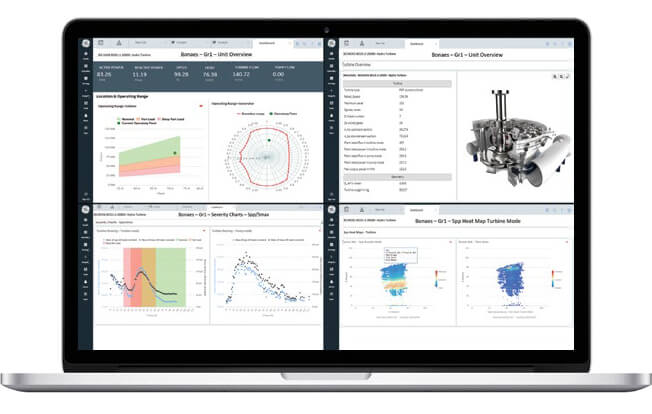
Digital Hydro Solutions by GE. Image credit: GE
Design, simulation and analytics tools
Ocean energy projects require tools and software for renewables engineering, environmental conditions monitoring and analytics, modeling and simulation. One of the leaders in this sector is DTOceanPlus working on an innovative ocean project design and modeling software. DNV has a large portfolio of software development in renewable energy, including TidalBladed for turbine performance modeling. MIKE by DHI is one of the biggest providers of wave modeling software. All these systems use a combination of different technologies such as sensor-based monitoring and AI-powered analytics and shape a whole new niche in the renewable market.
Digital solutions for onshore and offshore wind

Wind is the second most widespread source of renewable energy in the world. China and the US are the leaders in producing electricity via onshore and offshore wind farms. Wind projects have made a big leap in 2022 and gained traction with brands like Mitsubishi, Siemens and large utility and oil and gas companies on the front line.
Despite a minimalistic elegant look, wind turbines are incredibly complex machines. It takes a lot of work, resources, and digital tools to enable operational efficiency, high production rate, and security of these giants. Not to mention costly maintenance.
Thanks to IoT, cloud solutions and digital twin technology, it became considerably easier to manage wind turbines and wind energy infrastructure.
Digital wind farms
These are digital twins of real wind turbines and infrastructure. They live in the cloud and simulate the operation of their physical counterparts using the data coming from real physical assets, environment, weather, etc. This approach gives endless opportunities from real-time asset monitoring to predictive maintenance and testing different scenarios. Rare example is vHive solutions that combine drone, AI and digital twin technologies for wind farm monitoring.
Offshore wind park management
Offshore wind projects are harder to monitor, manage and maintain due to the complexity and cost of access, connectivity challenges, and unpredictable environment. This increases the value of IoT-based systems for offshore asset monitoring and management such as the Shoreline’s solutions for wind farm O&M which also combine digital twin and AI technologies.
Digital solutions for solar power
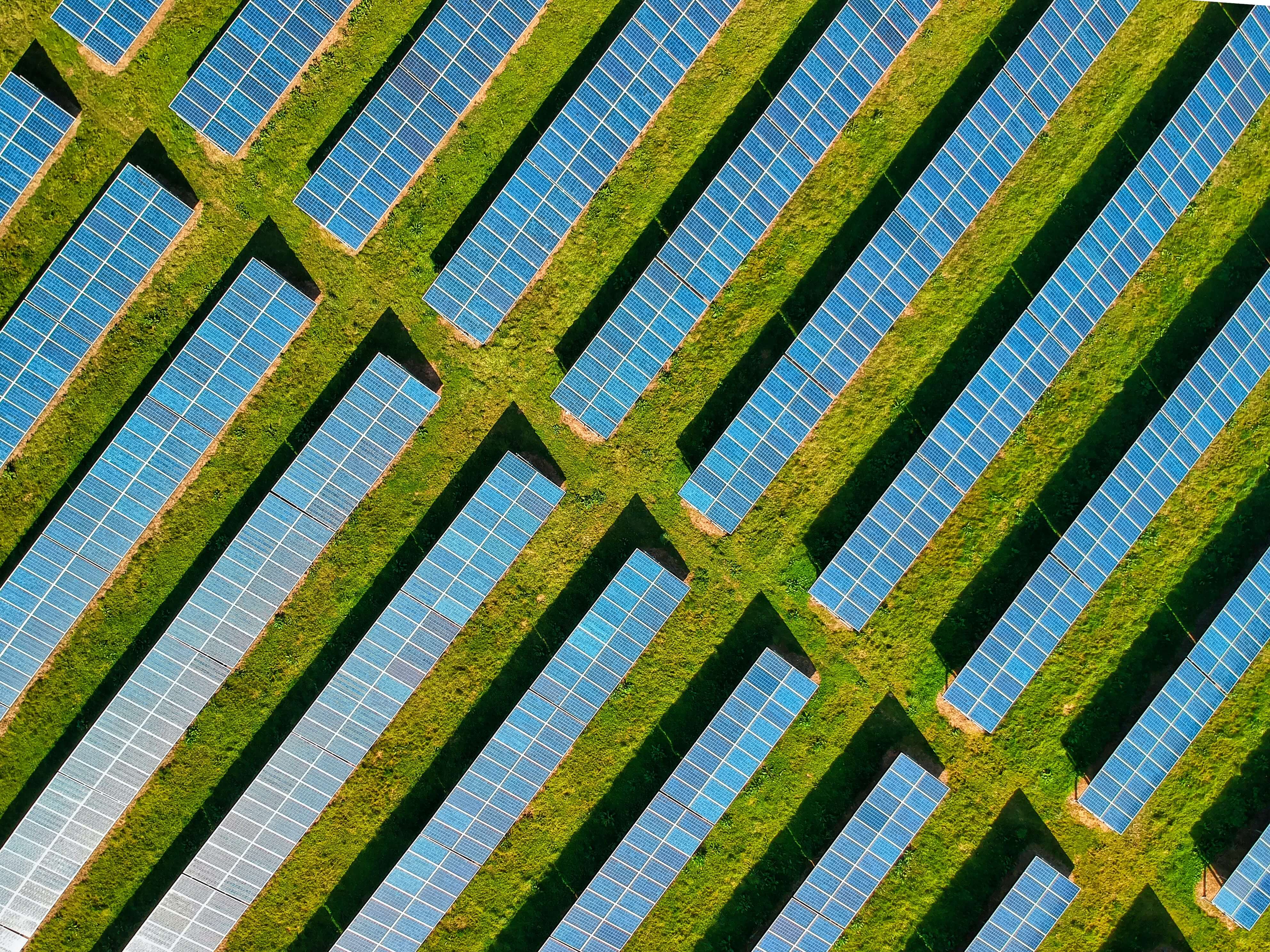
PV is arguably one of the most affordable and widespread options for renewable power generation across the globe.
This is already a huge sector in terms of software. You can find consumer mobile apps to control household-size rooftop solar panels and huge design and management systems for solar farms. There are, however, many opportunities for developing renewable energy software to scale and diversify this niche.
At the end of this decade, solar PV is set to become the largest renewable source, surpassing both wind and hydropower. Source: IEA.
Solar design software
This is a very large category of platforms for designing optimal PV layout and infrastructure that will maximize energy output. It includes large SaaS solutions for engineers that allow to virtually build solar farms, map, predict production, etc. (e.g. SolarFarmer by DNV) and standalone drag-and-drop tools for PV design and installation (e.g. Aurora Solar).
Solar plants management
These platforms provide a wide range of tools for monitoring and management of solar plants via one central system. They are usually multicomponent and customizable depending on business needs. Here you will find software for asset management and fleet monitoring tools (e.g. Greenbyte), data analytics, visualization and reporting, as well as tools for process automation and document management (e.g. 3megawatt).
Solar panel applications for consumers
There’s a wide variety of web and mobile applications for consumers who have PV installed in their homes or have access to solar energy sources in the district. Tools provided mostly by various energy management software companies include:
- PV energy production and storage monitoring (e.g. KOSTAL Solar App)
- Remote PV control and tilt automation (e.g. SolarEdge Monitoring)
- Installation applications and simulators (e.g. Solar Panel Simulator for PV System 3D)
Working on a renewable energy software solution?
If you are looking for a tech team with relevant experience and scalable resources to design and develop software for renewable energy, we can help.
CONTACT OUR TEAMDigital solutions for geothermal and bioenergy
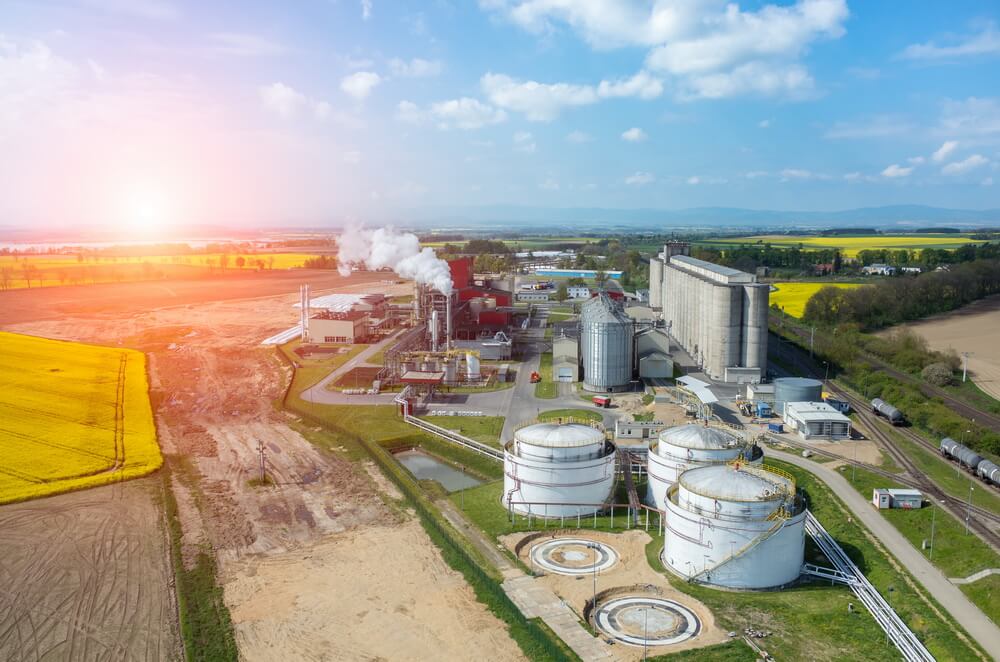
Collectively, geothermal and bioenergy make up a smaller share of the renewable energy portfolio. However these sources remain significant in some regions. Particularly in Europe, where displacing gas consumption with renewable sources became a priority.
Bioenergy and geothermal account for a small part globally, but hold significant shares in some countries and will remain important in those economies through 2030. Source: IEA.
Despite the significantly smaller scale, there’s a range of opportunities for building value-driving software in this niche. Here are some example solutions that solve common problems in this sector and real applications in the bioenergy and geothermal landscape.
- Sensors tools for biomass measurement, assessment, and production planning.
- IoT water quality monitoring for cooling operations on geothermal plans.
- Geological data visualization and machine analytics for geothermal planning and operations control.
- 3D modeling, image analysis, and GIS tools for plant design.
- IoT-based solutions for equipment condition monitoring and predictive maintenance.
- Renewable exploration and mining project management software
Geothermal exploration software
Seequent is a great example of how digital solutions and advanced analytics are implemented in the geothermal sector. They provide a toolset for solving major geotechnical challenges and reduce risks of geothermal exploration. It includes data-driven solutions for reservoir understanding, plant design, operations monitoring, and project management.
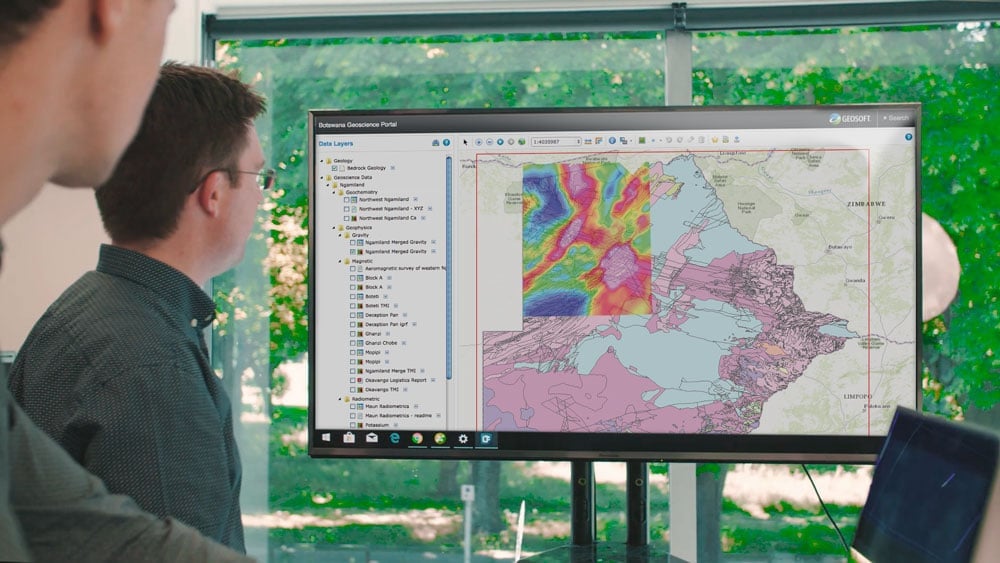
Image credit: Seequent
Bioenergy supply chain optimization
Pinja provides software solutions tailored for the bioenergy industry and circular economy. Their systems enhance plant efficiency by optimizing material flow management, inventory control, billing, and reporting. As a result, major players in the bioenergy and circular economy such as energy and recycled material producers and waste management companies can achieve greater efficiency and quality, ultimately saving up to 30% on supply chain management costs.
Here are a few things to remember when building software for renewable energy companies and projects.
Engage industry experts
Depending on the features and complexity of the renewable energy project, it most likely will require engaging cross-field experts who can bring in industrial expertise at different stages of system design and implementation.
For example, solar farms design and modeling tools harness weather, GIS, and environmental data and require adequate expertise. Before developing renewable energy management software and monitoring tools for offshore wind and ocean energy projects, it’s essential to research and measure the impact of integrating these infrastructures on the marine ecosystem. Software for geothermal operations is largely based on geoscience and should be tailored to the needs of geothermal experts.
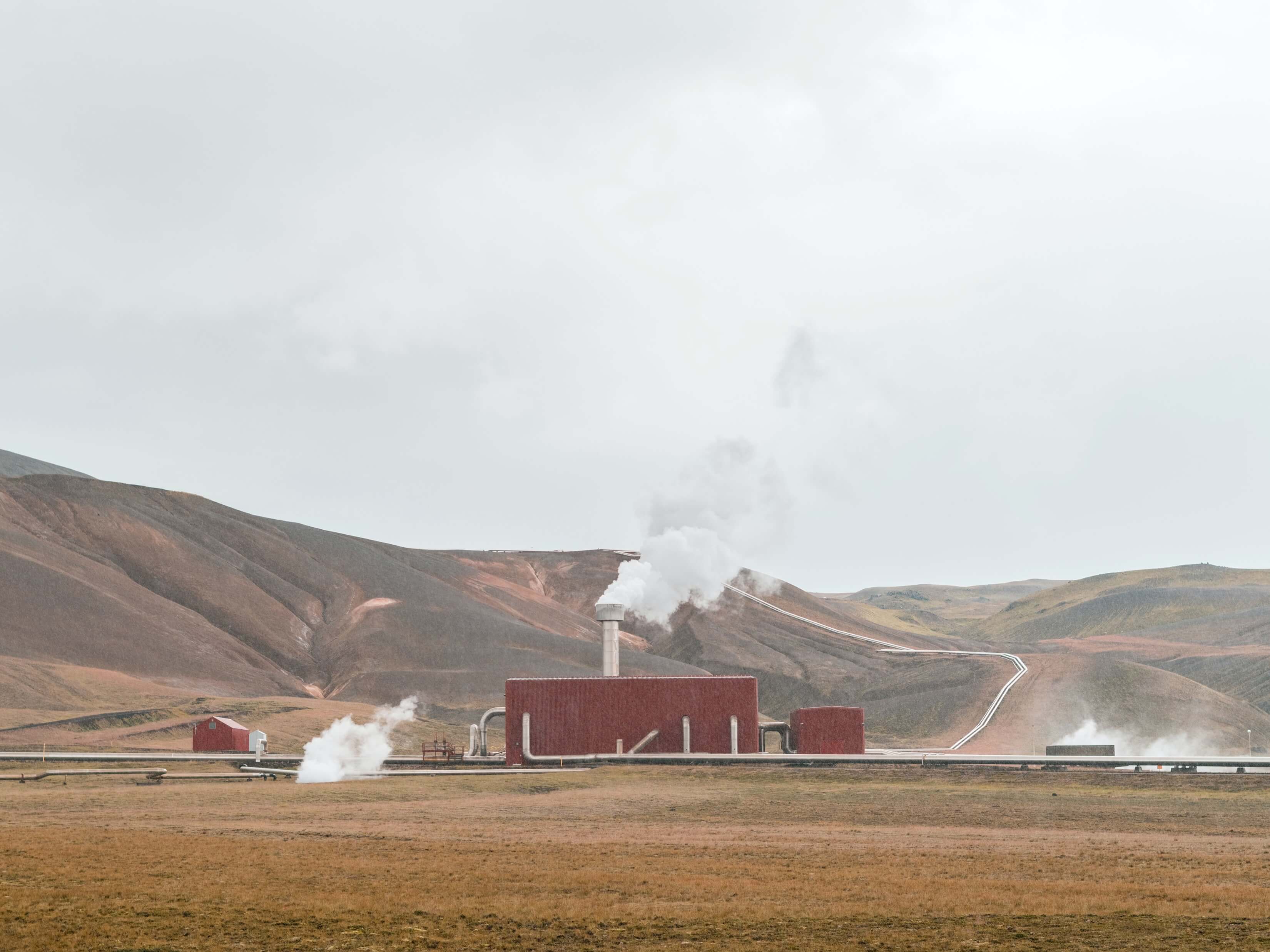
Start with Discovery
Starting a new software development project with Discovery is an industry standard. Especially when we talk about building something as complex as IIoT software for hydropower asset management or as innovative as a wave modeling platform.
Discovery project usually takes no longer than a month and allows you to do all documentation, research, and planning for developing software for renewable systems: gather requirements, study the market, figure out possible limitations, select tech stack and integrations, and set major milestones for project implementation. This is also the time to gather industry experts and make knowledge transfer.
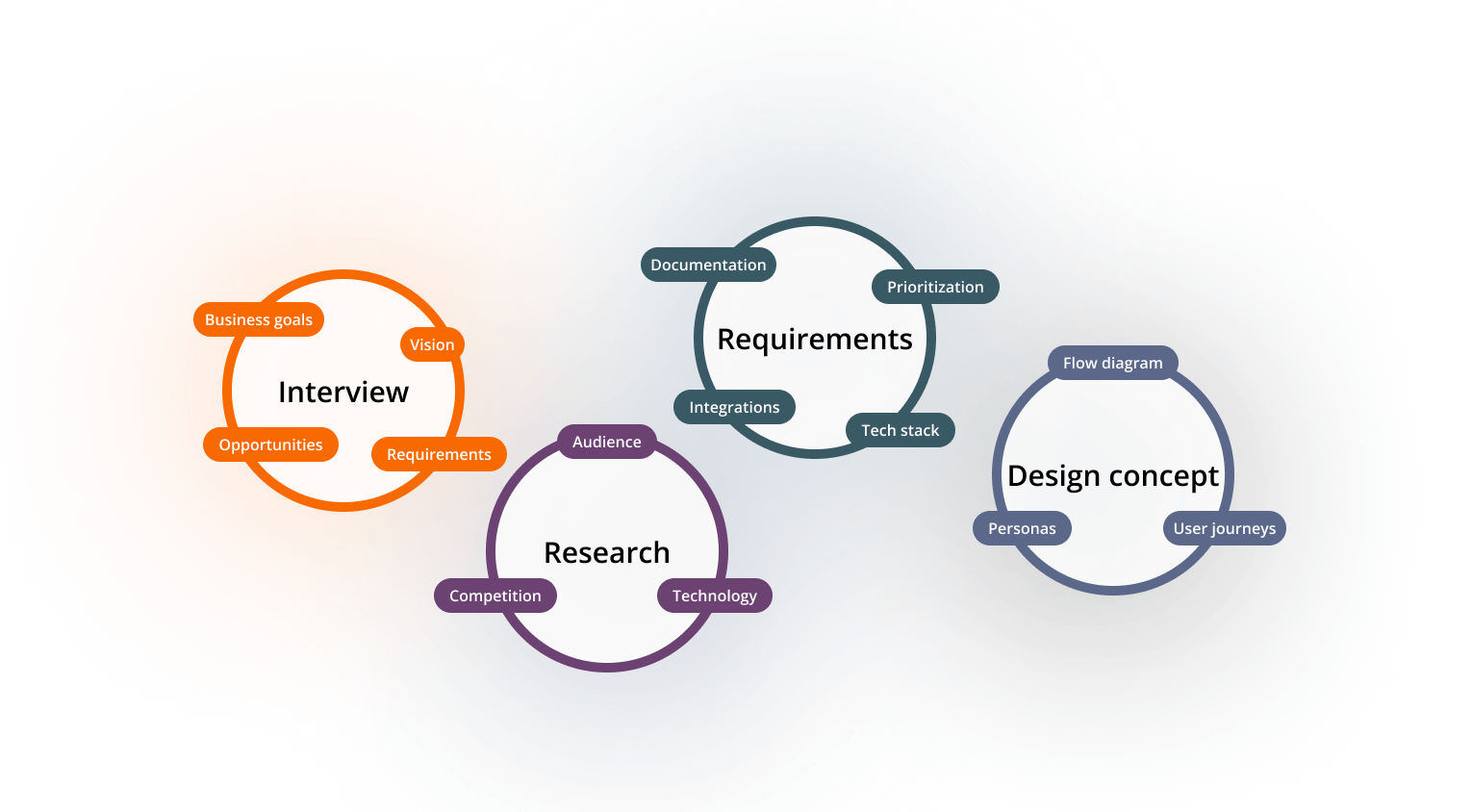
The renewables market is bound to grow exponentially, so as new software, platforms and tools. One of the main goals of the Discovery project is to pick the best you can get in the market and use it to optimize the cost and time of development.
Build up on top of existing solutions
It’s appealing to start an in-house renewable energy software development project and build a custom system from the ground up. However, this approach may prolong the time to market and inflate the budget. Majority of the software for renewable systems is multicomponent, data-heavy, and rather complicated.
Fortunately, we now have the ingredients for creating a vibrant marketplace in this industry. Long-time players in this field provide SaaS tools, APIs, and create collaborative environments to facilitate software development for the renewable energy sector. Laboratories such as NREL and Argonne work on and give access to open-source software, tools and data sets that can speed up the roll-out of new solutions.
This is another point for kicking off with the Discovery Project. At this stage, you study existing platforms, third-party integrations and technologies and see how you can leverage open-source projects and available software products for your benefit, optimizing renewable energy projects costs and time.
Consult with your provider of energy software development services to learn more about these opportunities. If you don’t have a reliable tech partner yet, contact our team to get a consultation on green energy software development.
Ready to start your renewable energy software development project?
Leverage our solid expertise in digital product design, scalable web development, big data management, analytics and visualizations to augment your effort and hit your delivery goals.
HIRE TECH TEAMConsider scalability
This is common advice for building software that is supposed to expand in time — process significantly more data, handle a growing number of assets or fleet of devices, widen geography, etc. Even though it may take 1-2 years to build a new system and then another year or more to build up functionality and optimize features based on usage data, it’s important to consider potential growth at the outset. It will affect many things, big and small.
For instance, it will determine the approach to system architecture and connectivity options. Expected data volume will have a major impact on dashboard design and UX as well as the choice of a cloud service provider.
Bridge hardware, software, people and environment
Software for renewables is usually a part of a large infrastructure that may or may not include connected hardware (turbines, generators, converters, measurement stations, etc.), operational processes, people and a unique environment. Software is the linking means that connects all these components.
It is hardly possible to develop an efficient and useful system in isolation. On the contrary, infrastructure will have a major impact on the design and technology choices. For example, connectivity and data pipeline architecture depend on asset location (offshore, underwater, remote locations, high-heat zone, etc.), feature set depends on the requirements of operators and industry-specific standards, and so on.

Need help with your software and data project? Digiteum design and engineering teams have hands-on experience in the clean energy sector and a vast portfolio with high-load web platforms, ML and big data analytics projects.
One of our flagship projects is a large distributed platform for power consumption management, storage and solar integration for an award-winning US company. Throughout the project, our engineers and data scientists implemented a range of middleware, software, infrastructure, and big data solutions and helped the client enter the green tech and renewables market as an Innovator of the Year* and get featured among Clean Tech Entrepreneurs*.
The scope of this project included:
- design and development of an energy consumption monitoring and management platform enabled by the Client’s innovative hardware;
- development of a distributed scalable infrastructure and ETL pipeline for sensory data management;
- cross-platform web and mobile development of client applications;
- development and configuration of advanced data analytics and visualization tools.
Learn more about this power consumption monitoring project and check our energy software development services to see if our capabilities experience matches with your needs.
Looking for a qualified tech team with experience in cleantech?
We can design and develop your system from the ground up or augment your tech team to help you hit your delivery goals and stay on budget.
LET'S TALKWhat’s next
More than 140 countries set goals to reach or get close to net zero by 2050. The most ambitious ones want to achieve this objective by 2030 which is incredible but doable given some predictions.
Global renewable electricity generation is expected to climb to over 17 000 TWh by 2030 (almost 90% increase compared to 2023). This would be enough to meet the combined power demand of China and the US in 2030. Source: IEA.
On top of all that, brand new sectors in this industry emerge: green liquid hydrogen, wave swell energy, new biofuel resources.
We now have all reasons to believe that the next decade will be hot for the technology providers who build software for renewable energy companies and the energy sector in general.
This post was originally published on November 17, 2021 and updated on September 18, 2023 and January 24, 2025.
FAQ
- Physical infrastructure and how it would connect and communicate with your system (turbines, generators, converters, measurement stations, etc.).
- How your system will integrate into existing operations and processes.
- Environment and people who will work with the system.
- Scalability and resilience of the future system.


